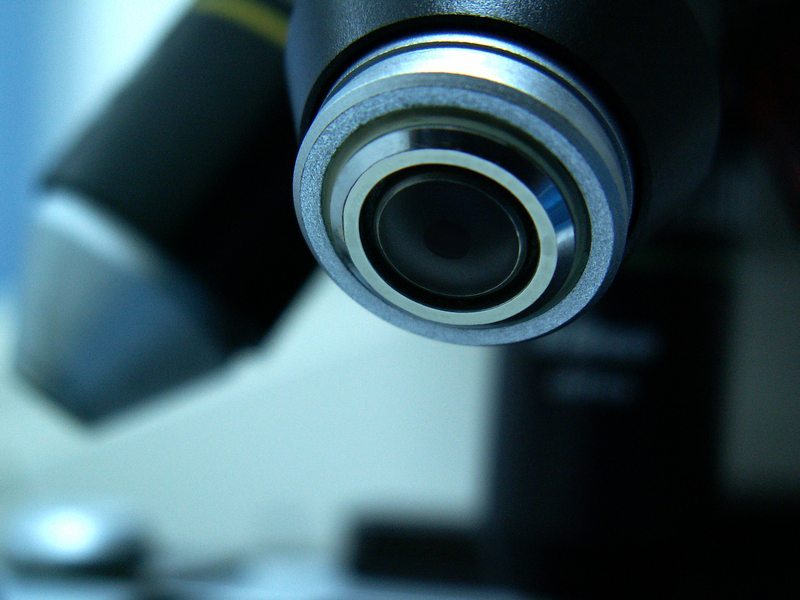
Oncology, neurodegenerative disease and immunotherapy dominated the biotech space in 2015, and as we head into a fresh year’s worth of R&D, chances are we will see a continuation of this dominance. There are, however, a number of fringe subsectors in healthcare that promise to expand rapidly in the coming few years, and could be a great exposure in advance of their meeting potential. One such sector is bioburden testing. Readers can be forgiven for a lack of familiarity with this sector – it is neither particularly revolutionary from a scientific perspective, nor has it made headlines as late. It’s about time it got one however – and here at Market Exclusive we’re happy to give it just that. A high rate CAGR should see growth to a billion-dollar industry over the next 10 years and big pharma is already gaining exposure to this growth. As early investors, it’s probably a great time to do the same. So, this said, let’s take a look at the space itself, and note some of the current key players.
First then, what is bioburden testing? Well, as mentioned, it’s not really cutting edge science – and as such, not an overly interesting thing to discuss – but we’re here for actionable investment ideas, not just scientific fascination. As with pretty much every industry, and to some extent more so than any other, the healthcare space has a rigorous framework in place to ensure the quality and safety of its component products. Bioburden testing primarily relates to one element of this framework, namely surgical devices (diagnostic tools, surgical tools etc.) However, it also extends to things like transplant devices and hypodermic needles, and even some types of drug products – essentially anything that is is going to come into contact with a patient that might be predisposed to microbes. All of these things undergo what’s called final sterilization before use. However, before this final sterilization step, some also undergo bioburden testing. It is essentially a controlled data collection that results in a stack to show what level of microbes (measured and recorded as “colony forming units”) is associated with non-sterile medical products.
There are a few different methods of this type of testing, but the primary (at present) involves passing a solution produced from a washed device, or a solubilised product, through a filter with tiny holes in it (ones that inhibit the passing of microbes), then measuring the filtrate. This is where the our exposure options come into play.
The Charles Schwab Corporation (NYSE:SCHW) has developed a system it calls PTS-Micro. The system is a bioburden testing unit that users lasers to determine levels of viable microbes, and in turn, determine a product’s bioburden. The aforementioned solution is prepared and inserted into three separate plates, all of which the technology processes simultaneously. Once active, the plates spin, causing the viable microbes to luminesce in the solution. A laser counts the luminescent microbes, and reports within 30 minutes its results. Traditional bioburden testing can take far longer, and teh speed with which this technology paints results puts Charles Scwhab as one if the leaders in the space. In addition, the company acquired the then publicly traded Celcis International for $212 million in July last year. Celsis was a endotoxin and microbial detection (EMD) organization, with a focus on bioburden and other comparable quality analysis assay tech. The takeaway here is that – with the ever growing diagnostics and pharmaceutical tooling sector – Charles Schwab is taking steps to increase its exposure.
Next, another biotech giant – Merck & Co. Inc. (NYSE:MRK). Merck has long been associated with bioburden testing (across both the biotech and pharmaceutical spaces) through its Millipore filtration units. These are very similar to the type of units we described a little earlier, in that they are a (funnel shaped) unit through which a solution passes, and the filter catches the viable microbes. However, and more interestingly, the latest addition to Merck’s quality assay tech is the company’s Milliflex Quantum unit. The technology is similar to the Millipore unit, but it is far quicker, and the substance tested can be recovered. Say, for example, a company is testing a soluble product. When the product is passed through the traditional filtration tech, that is its end. With the Quantum unit, the end product is restored and can be used. This is a cost saving exercise, and should entice industry attention as the space heats up.
Looking at the numbers, the industry is currently worth a little over $350 million. Analysts expect a CAGR over the next ten years at just over of 10%, which would see a 2026 valuation of a little over $1 billion. Beyond that, as biotech advances, expect this growth to expand. All said, it is a nascent space, and one that rarely garners much attention. However, off the radar doesn’t always mean not fruitful – indeed, often the opposite is the case – and we believe it’s one to keep an eye on going forward.




